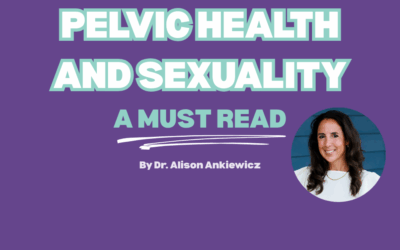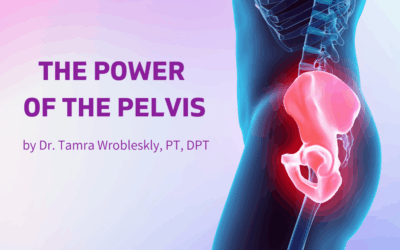As of January 18, 2022, dry needling is allowed to be performed by certified physical therapists in New Jersey after a four-year hiatus! Inner Dynamics is thrilled to be able to utilize this useful intervention again. Our patients have seen great results when it is used to treat their pelvic and orthopedic conditions in addition to their personalized care plan.
Learn more about what dry needling is below and how it can help.
What is trigger point dry needling?
Trigger point dry needling (often referred to as dry needling) is a technique using a thin filiform needle to directly target myofascial trigger point(s) or tight areas in a muscle(s) to reduce pain, improve muscle flexibility and overall function. It is called “dry” needling because the needle is the form of treatment and does not involve injecting medication into the muscle.
What is a trigger point?
A myofascial trigger point is a hyperirritable area within a taut band of skeletal muscle fibers. Trigger points can cause pain locally or can cause referred pain to another part of the body. Often, they are caused by posture, muscle weakness, overuse, guarding, or trauma.
What does dry needling feel like?
Most patients describe a deep muscle ache when the needle is inserted into a trigger point. Often a local twitch response will occur where the muscle contracts and then relaxes. If this occurs, the patient will feel the muscle twitch or jump.
What are the differences between trigger point dry needling and acupuncture?
While both use the same tool to perform the procedure and can be very beneficial and implemented in conjunction with one another, the theory behind it is different. Acupuncture is a component of traditional Chinese medicine and focuses on balancing the flow of energy in the body, also known as chi or qi. Dry needling is based on Western Medicine and involves inserting the needle directly into a trigger point to restore muscle function. We have patients who utilize both acupuncture and dry needling to help reduce their pain.
How many sessions of dry needling are required?
On average, 2-3 sessions of dry needling are recommended but this can vary depending on the severity and duration of your symptoms.
What should I expect after my dry needling session?
You will notice a reduction in pain, improved range of motion or function directly after the session. Exercise is usually performed after dry needling to help combat soreness and take advantage of the improved muscle flexibility. Soreness is common and can last from 24-48 hours following treatment. Staying hydrated, moving, and using heat can help alleviate soreness.

